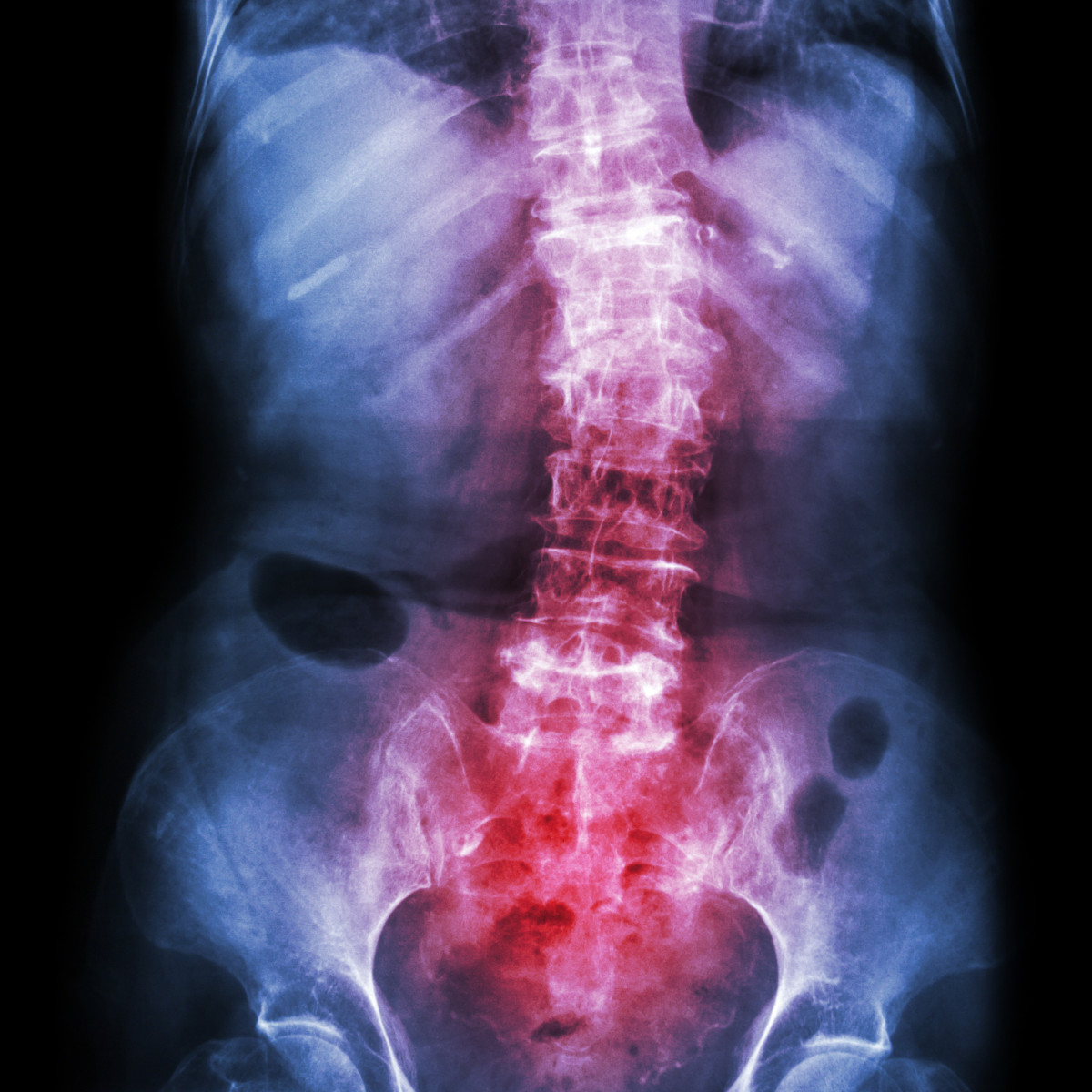High Levels of C-reactive Protein Can Predict Risk for Future Ankylosing Spondylitis, Study Finds

High levels of C-reactive protein, a marker of systemic inflammation, at the onset of back pain can help predict which patients go on to develop ankylosing spondylitis, a study shows.
The study, “Baseline high-sensitivity C-reactive protein predicts the risk of incident ankylosing spondylitis: Results of a community-based prospective study,” was published in PLOS ONE.
Ankylosing spondylitis (AS) is a chronic inflammatory disease that mainly affects the joints of the spine, causing back pain and stiffness.
On average, the length of time it takes from the onset of back pain to a definitive diagnosis of AS is between six to eight years. Therefore, it is important to identify any risk factors that can predict the development of the disease.
To date, studies have only identified a limited number of risk factors for AS, including a family history of the disease, male gender, and frequent gastrointestinal infections.
AS is characterized by structural inflammatory lesions of the sacroiliac joints (joints between bones of the pelvis) as seen by a magnetic resonance imaging (MRI) method known as radiographic sacroiliitis. As such, inflammation is an important factor in the radiographic assessment of AS progression.
A previous study has shown that elevated levels of C-reactive protein (CRP) — a protein whose levels increase in the blood as a response to inflammation — was a strong positive predictor of sacroiliitis progression in AS patients. However, it is not known whether high CRP concentrations precede the onset of AS in the general population.
Therefore, researchers in China decided to conduct a prospective community-based study of approximately 130,000 healthy Chinese adults who were followed for approximately eight years. Any individuals who already had AS were excluded. The study measured the plasma CRP concentrations of each individual at baseline (beginning of the study) and every two years thereafter.
Using statistical models, researchers were able to calculate the risk of developing AS on the basis of high CRP concentrations after adjusting for various factors including age, gender, smoking status, alcohol consumption, physical activity, body mass index, blood pressure, glucose and cholesterol levels, history of cardiovascular disease, use of antihypertensive medication, lipid-lowering drugs, and aspirin.
A total of 55 subjects developed AS at follow-up (approximately eight years).
Results revealed that baseline CRP levels were positively associated with the risk of developing AS. Compared with subjects with CRP levels of less than 1 mg/L, the risk of developing AS was 1.28-fold higher for subjects with CRP levels of 1.00–2.99 mg/L, 4.71-fold higher for subjects with CRP levels of 3.00–9.99 mg/L, and 19.8-fold higher for subjects with CRP levels of 10.00 mg/L or more.
Researchers found similar results when they excluded AS cases that occurred in the first two years of follow-up, and when they analyzed subgroups that were stratified by gender and age.
“In this large-scale, community-based, prospective study, baseline plasma concentrations of (CRP) were predictive of the future risk of AS over an average follow-up period of 8 years,” the researchers wrote.
These results “provide a test that is easy to perform and may be used widely in various clinics to predict AS to aid in early diagnosis and treatment,” they concluded.






